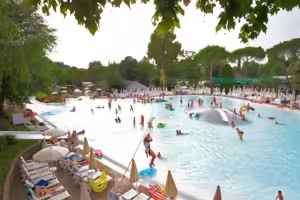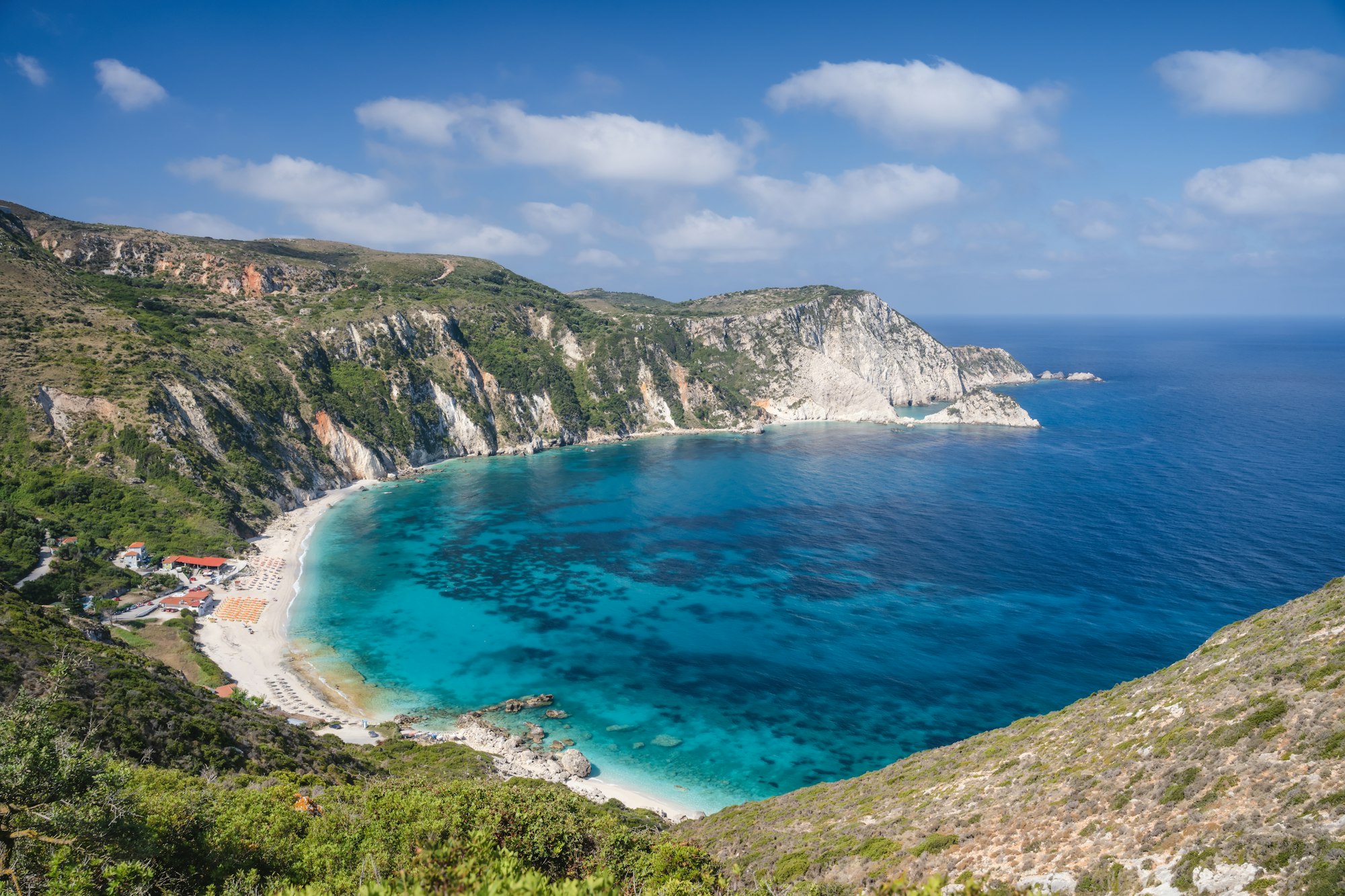Visiting Iceland offers a unique opportunity to explore a blend of natural beauty and cultural richness. The best time to visit Iceland in 2024 promises ideal weather conditions and a host of exciting activities and festivals. Whether you’re looking to delve into the history, indulge in local culinary delights, or simply relax amidst stunning landscapes, Iceland has something to offer every type of traveler. This guide provides essential tips and insights to help you make the most of your visit during the optimal travel period.
TLDR;
ToggleBest Time of Year to Visit Iceland in 2024
The best time of year to visit Iceland is during the summer months, from June to August, when the weather is relatively mild, and daylight is nearly continuous. This period is ideal for outdoor activities such as hiking, whale watching, and exploring the highlands. During these months, the average temperatures range from 44°F to 56°F, making it the warmest time of the year.
Best Month to Visit Iceland in 2024
July stands out as the best month to visit Iceland. It’s the warmest month with the least wind, offering the most pleasant weather for exploring the country. July also hosts several festivals, such as the Reykjavík Arts Festival and Fishermen’s Day, providing a vibrant cultural experience. Additionally, the long daylight hours (up to 21 hours) allow you to maximize your sightseeing and outdoor activities.
Essential Travel Tips
When planning your trip to Iceland, consider the following tips:
Book in Advance: Summer is the peak tourist season, so it’s crucial to book accommodations, car rentals, and tours well in advance to secure your spots and get the best rates.
Pack Appropriately: Even in summer, the weather can be unpredictable. Bring layers, waterproof clothing, and sturdy footwear for hiking.
Driving in Iceland: If you plan to explore remote areas, consider renting a 4WD vehicle. Many highland roads are only accessible with a suitable vehicle during the summer months.
Stay Safe: Always check the weather forecast and road conditions before heading out. Iceland’s weather can change rapidly, and some areas can become hazardous.
Top 50 Places to Visit in Iceland
Reykjavík: The capital city, known for its vibrant culture and nightlife.
Blue Lagoon: A geothermal spa known for its milky blue waters.
Golden Circle: Includes Þingvellir National Park, Geysir geothermal area, and Gullfoss waterfall.
Jökulsárlón Glacier Lagoon: A stunning glacial lake with floating icebergs.
Vík: Famous for its black sand beaches and dramatic sea stacks.
Dettifoss: Europe’s most powerful waterfall.
Mývatn: A volcanic lake surrounded by unique lava formations.
Skaftafell National Park: Offers numerous hiking trails and stunning views.
Snæfellsnes Peninsula: Known as “Iceland in Miniature” for its diverse landscapes.
Húsavík: A prime location for whale watching.
Landmannalaugar: Renowned for its colorful rhyolite mountains and hot springs.
Akureyri: Iceland’s second-largest city, located near the Arctic Circle.
Reynisfjara Beach: A black sand beach with basalt columns.
Goðafoss: The “Waterfall of the Gods”.
Seljalandsfoss: A waterfall you can walk behind.
Skógafoss: A large waterfall with a double rainbow.
Hengill Volcano: A geothermal area with hiking trails.
Þórsmörk: A lush valley named after Thor, the Norse god.
Látrabjarg: The westernmost point in Europe, known for bird watching.
Askja: A volcanic caldera with a stunning blue lake.
Kerið Crater: A volcanic crater lake.
Ásbyrgi Canyon: A horseshoe-shaped canyon with legend ties to Norse mythology.
Dynjandi: A series of waterfalls in the Westfjords.
Westman Islands: A group of islands with rich wildlife and history.
Raufarhólshellir Lava Tunnel: Explore Iceland’s volcanic activity up close.
Grímsey Island: Cross the Arctic Circle here.
Þingvellir: The site of Iceland’s first parliament.
Vatnajökull National Park: Home to Europe’s largest glacier.
Dyrhólaey: A promontory with stunning views.
Hraunfossar: Lava waterfalls flowing into the Hvítá river.
Flatey Island: A small, historic island with a tranquil atmosphere.
Sólheimasandur: The site of a famous plane wreck.
Hvítserkur: A sea stack resembling a drinking dragon.
Fjallabak Nature Reserve: Known for its colorful mountains and hot springs.
Árbær Open Air Museum: Explore Iceland’s past in Reykjavík.
Grjótagjá: A hot spring cave made famous by Game of Thrones.
Húsafell: A woodland area with hot springs and hiking trails.
Hólmavík: Visit the Museum of Icelandic Sorcery and Witchcraft.
Reykjanes Peninsula: Geothermal areas and the Bridge Between Continents.
Borgarfjörður Eystri: Known for its elf folklore and hiking trails.
Hornstrandir: A remote nature reserve in the Westfjords.
Haukadalur: Home to the Great Geysir.
Laugavegur: A famous hiking trail in the Highlands.
Seltún: Geothermal area with bubbling mud pots.
Hvannadalshnúkur: Iceland’s highest peak.
Esja: A popular mountain for hiking near Reykjavík.
Kirkjufell: A photogenic mountain near Grundarfjörður.
Eldborg: A perfectly formed volcanic crater.
Víti: A volcanic crater lake in Askja.
Helgafell: A small mountain with a great view.




